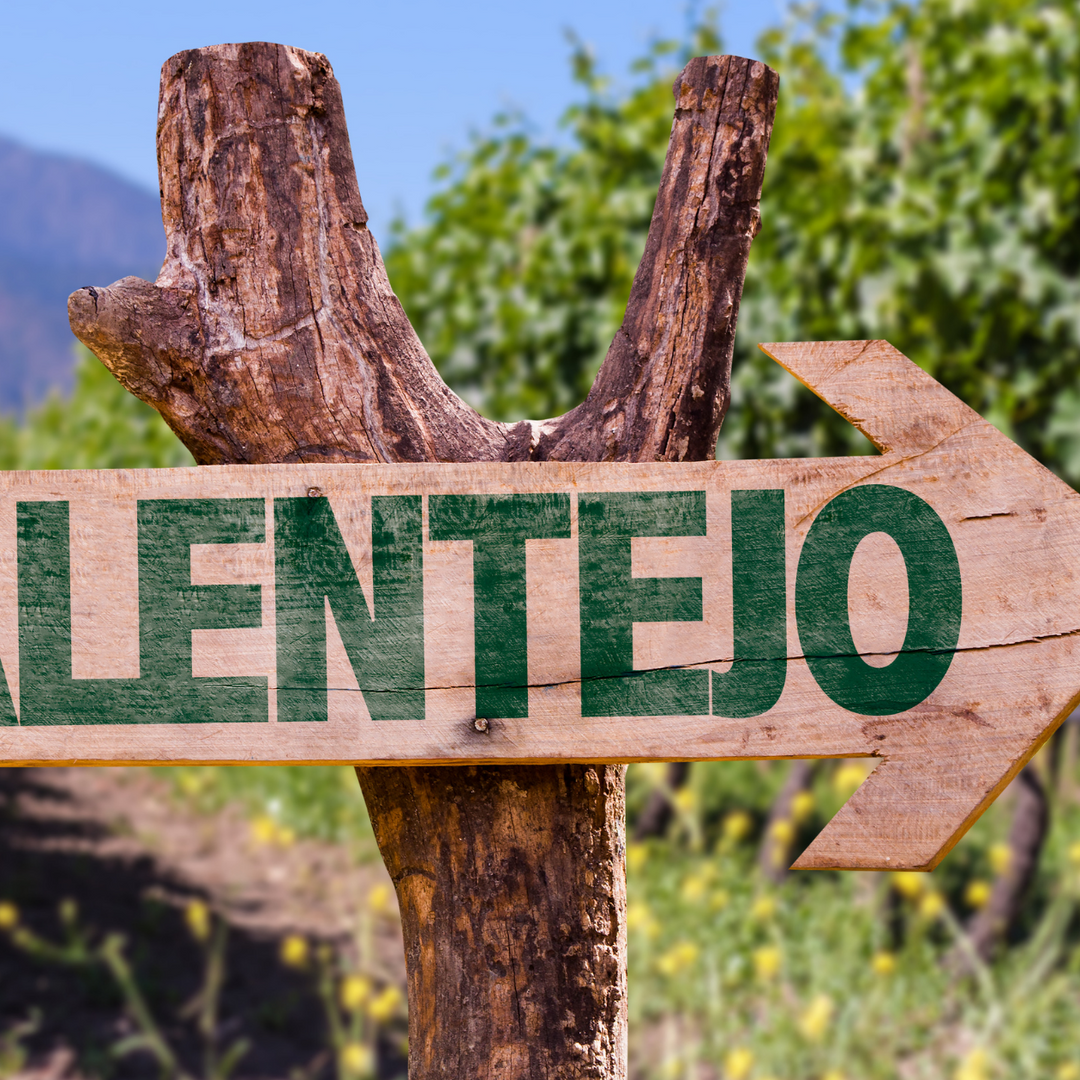Alentejo is one of the five regions within Portugal. Situated between Lisbon and the southern Algarve, it’s home to about 750 000 people, including cities, small towns, villages, and isolated homesteads. It is a beautiful region with endless rolling fields and hills with olive trees and small white Alentejo houses. This place is unlike Lisbon or Porto, even in its larger cities.
Alentejo has embraced the slow, calm, peaceful life which sometimes seems to have been lost to time.
If you become a digital nomad to make connections and work on the most prestigious projects, then this place might not be for you. If, however, you became a digital nomad to see something of the world, to explore the various ways people live and the endless beauties nature has to offer, then you owe it to yourself to get at least a mid-term rental in Alentejo and thoroughly enjoy yourself.
Weather in Alentejo
Portuguese people proudly say that the sun shines for more than 300 days a year in their country, and that’s undoubtedly true for Alentejo. Depending on where you are, the summer highs can get from 40 °C to 45 °C. But it’s not the case everywhere; for example, Évora (the largest city in Alentejo) only gets about 28 °C to 31 °C in the summer.
The winters can also be pretty cold, averaging between 4 °C to 10 °C depending on where you are.
But that’s still pretty manageable. If you add all of this to the fact that the summer tends to see the least rainfall across the region, you have extreme weather conditions. And due to the recent man-made changes to the Earth’s climate, this is to become even worse. Overall, if there is one thing that makes Alentejo a difficult place to live, it is the summer droughts and the heat. But that is, of course, a mere question of preference.
Cost of Living in Alentejo
The costs of living in this region will differ wildly depending on where you want to live. But even if you decide to live in cities like Évora or Beja, you’ll still find your stay very affordable. For example, in comparison to Lisbon, you can get a small one-bedroom apartment outside of Bejo or Évora for about €350, almost half of what you’d pay in Lisbon.
A three-bedroom apartment in the city centre will cost you around €700, also about half of Lisbon price. And now consider that these are the most expensive places in Alentejo.
Where you won’t find much of a difference between Alentejo and other parts of Portugal is food. A loaf of bread and a kilo of bananas or oranges will cost about €1, and a kilo of potatoes or onions will be even less than that. However, since it is much easier to source your food locally, you may find yourself saving a lot on more expensive foods like dairy products or meat.
However, if you’re a vegan or have some special dietary needs, it may be more difficult for you to get what you want.
The prices of transportation partially follow the trend of accommodation. A monthly pass is about as half as expensive as in Lisbon, sitting at about €22. What doesn’t change across the country is the price of gas, which is still about €1,50. Overall, Alentejo is one of the most affordable places in Portugal. If you’re on a tight budget or you want to see a bit of the world while saving money, this place is perfect for you.
What can you do in Alentejo?
Since the region isn’t exactly overflowing in networking opportunities or tech start-ups, it may seem to some as not worth visiting. But they’d be wrong about that. Alentejo is not a pretentious place, but that makes all its subtle beauty shine even more. As a coastal region, there is almost an endless supply of gorgeous beaches. You can visit places like Zambujeira do Mar or Furnas and have your worries washed away by the Atlantic Ocean itself.
There are also countless dishes you can try. Each region in Portugal has its traditional cuisine, and Alentejo is no different. One thing that you’ll often see is Porco preto. This is meat from one of the local breeds of Iberian pigs which freely roam the fields. Its delicious pork is put into too many dishes to list here, so instead, make sure to try any that you encounter. Next is the favada real de caça, a healthy bean, meat, and sausage stew originally made for nobility that returned from hunting trips. And don’t miss out on Migas com Carne, a cubed Alentejo bread fried with meat, paprika, and garlic. It’s one of the most popular dishes in the whole region.
Lastly, next to nature and good food, there is always history and sightseeing. The largest city, Évora, is a UNESCO World Heritage site.
Thanks to its rich and varied history, it boasts some truly incredible places such as the Roman Temple of Évora, the Prata Aqueduct, and the Cathedral of Évora. Seventeen kilometres from that is the Almendres Cromlech, a group of stones from the Neolithic period, a small version of the British Stonehenge. Additionally, pretty much every tiny nook in Alentejo has its castle or chateau with rich history, dramatic battles, and beautiful scenery all around. They also serve as great departure points for hiking trips.
In short, there are loads to do in Alentejo and even during a few months living here, you won’t be able to see it all. There’s no reason to wait any longer; if this region sounds appealing to you, book a mid-term rental with Flatio and go for a truly unique experience.
A few months living
Take a look at available apartments
